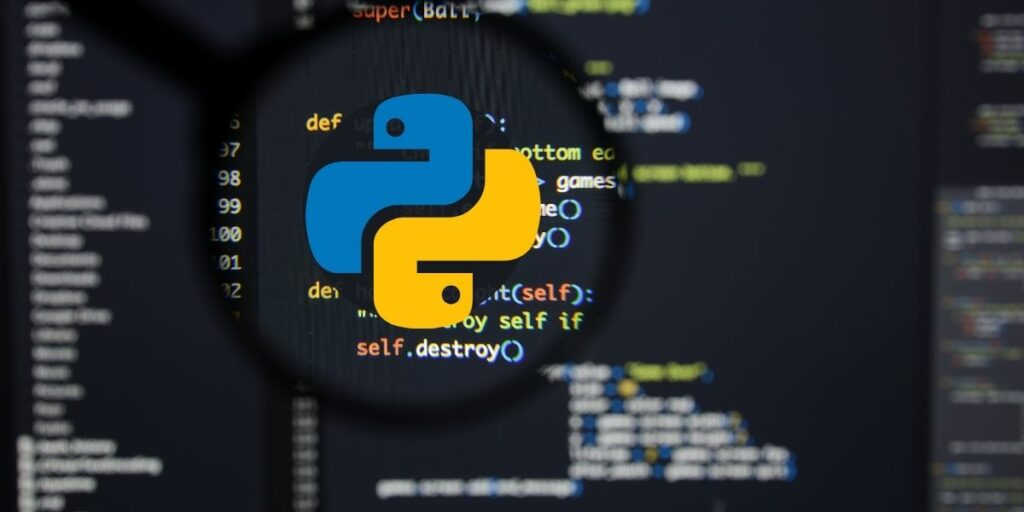
How to save and load model with pickle
Saving and loading a model with pickle in Python is a way to preserve the trained model for future use. It allows you to save the model’s parameters, so you can use it later without the need to train the model again. This can save a lot of time and computational resources, especially if the model takes a long time to train or if you want to use the model on new data.
Pickle is a library in Python that allows you to save and load models and other Python objects, such as lists, dictionaries, and classes, in a simple and efficient way. It can save the model’s parameters in a binary format, which makes it easier to load the model later.
To save a model with pickle, you first need to import the pickle library, then you can use the dump function to save the model. The dump function takes two arguments: the model and the file object where the model will be saved.
To load a model with pickle, you first need to import the pickle library, then you can use the load function to load the model. The load function takes one argument: the file object of the saved model.
When loading a model, the model object is returned, you can use this object to make predictions on new data.
It’s important to note that the pickle module is not secure against maliciously constructed data. Never unpickle data received from an untrusted or unauthenticated source.
In summary, Saving and loading a model with pickle in Python is a way to preserve the trained model for future use. Pickle is a library in Python that allows you to save and load models and other Python objects, such as lists, dictionaries, and classes, in a simple and efficient way. To save a model with pickle, you use the dump function and to load it, you use the load function. When loading a model, the model object is returned, you can use this object to make predictions on new data. Keep in mind that the pickle module is not secure against maliciously constructed data, so never unpickle data received from an untrusted or unauthenticated source.
In this Applied Machine Learning & Data Science Recipe (Jupyter Notebook), the reader will find the practical use of applied machine learning and data science in Python programming: how to save and load model with pickle.
Essential Gigs
For only $50, Nilimesh will develop time series forecasting model for you using python or r. | Note: please contact me…www.fiverr.com
For only $50, Nilimesh will do your data analytics and econometrics projects in python. | Note: please contact me…www.fiverr.com
For only $50, Nilimesh will do your machine learning and data science projects in python. | Note: please contact me…www.fiverr.com
For only $50, Nilimesh will do your gis and spatial programming projects in python. | Note: please contact me before…www.fiverr.com